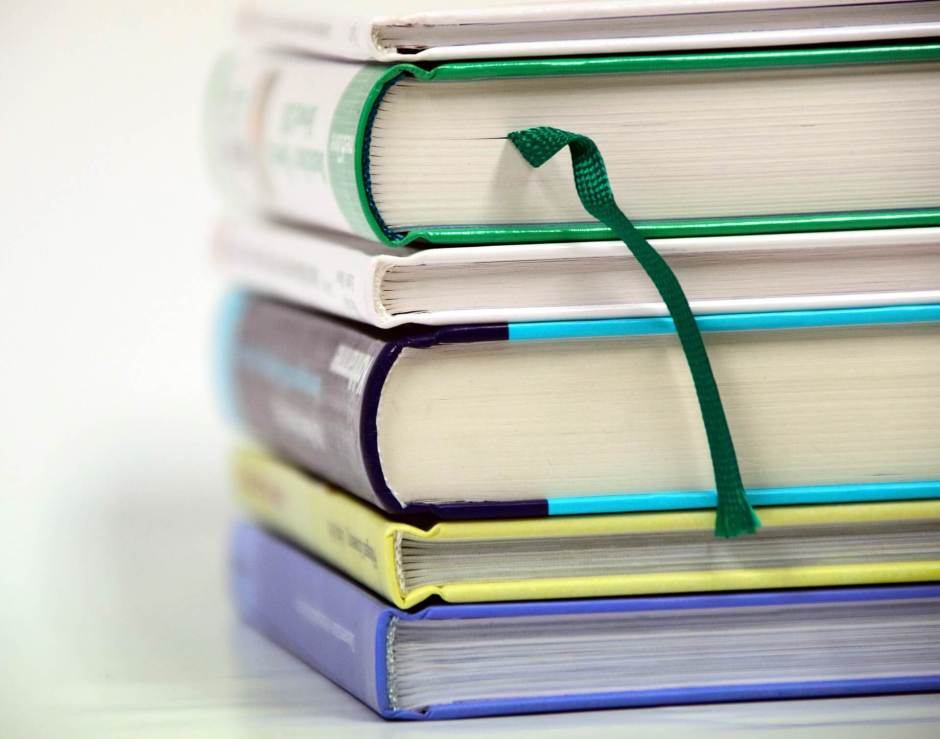Joan Robinson points out that if markets are imperfectly competitive, then firms can earn economic rents because rents aren’t entirely eroded by competition. In that situation, firms have market power…a theory of ‘monopsony’ [refers] to the market power that firms can wield in the labour market alongside the more familiar and established term, monopoly power, where firms have market power in the product market and can charge more for a good or service above their costs, earning them monopoly profits. Monopsony power allows employers to pay workers less than the value of their output, and keep more for themselves.
The book presents a selection of 12 illustrious economists, from the modern era to contemporary times. Linda Yueh introduces the reader to the ideas, times and life of those economists, but also speculates how one such economist would answer to the hot questions of today, from his/her perspective.
The Great Economists includes:
Adam Smith
David Ricardo
Karl Marx
Alfred Marshall
Irving Fisher
John Maynard Keynes
Joseph Schumpeter
Friedrich Hayek
Joan Robinson
Milton Friedman
Douglass North
Robert Solow
Linda Yueh is actually an economist, a fellow of the University of Oxford and assistant professor at the London Business School. A formal lawyer and journalists, she tries to present the groundbreaking ideas of those 12 economists in simple, non-academic terms. On that front, Yueh marvelously encapsulates the times and concepts put forward by those famous economists in the last three centuries.

The book is structured in 12 main chapters, each presented an economist. Each chapter is further divided into an introduction to the economist’s ideas, a presentation of his/her times, a study of today’s societies, with no focus on a particular country, and finally, a subsection where the economists’ ideas are tested to see how they can help us for today’s problems.
The book is truly enjoyable, particularly for a reader accustomed with the domain. It is a great reminder of important economic ideas. It is an interesting read for someone outside the domain as well, as it acts as a textbook, including a dictionary of terms at the end. I particularly liked the short biography for each economist and the brief presentation of the times they lived, bringing many insights into the motivations for their research.
Maybe exploring more the answers that such economists could have given to today’s questions would make the book even more interesting. I would have been delighted to see more economists added into the book, as each was carefully presented through the lens of their time and with a well-written, thoughtful and clear introduction of their ideas.
Overall, a great book to read that has a deserved place on my bookshelf.





